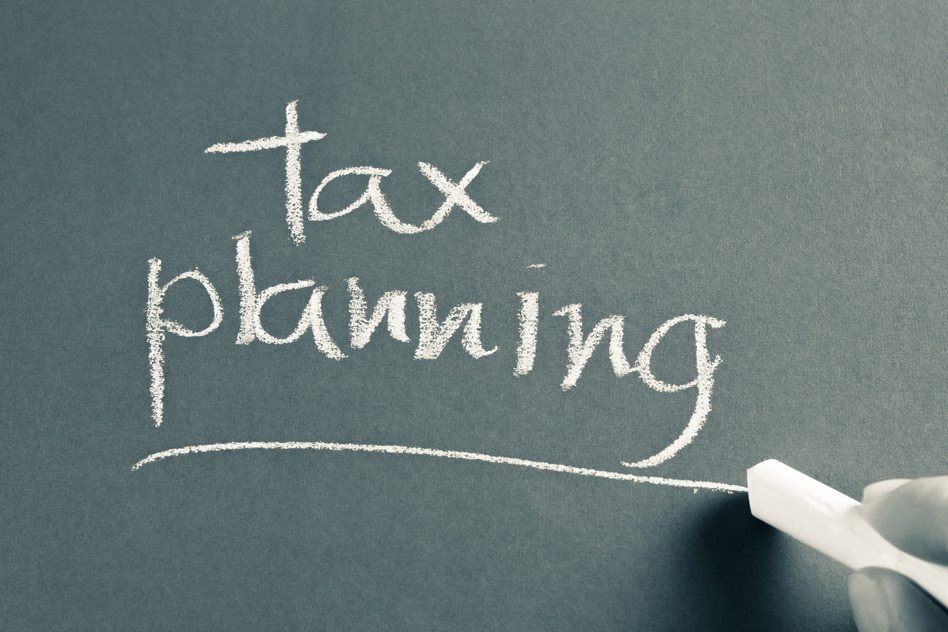When most of us think of taxes, we pay attention to what’s happening immediately. Do you owe money to the IRS this year? Do you expect a big refund? Few of us look decades into the future to craft a tax plan for retirement.
As you think about tax time now, it’s a good idea to consider the impact today’s decisions might make on your retirement well-being down the road.
Traditional IRA vs. a Roth IRA
The IRA is becoming more popular for Americans who want more choice in their retirement planning. When opening an IRA, you can choose between a Traditional version and a Roth version (if you qualify).
“By contributing to a Traditional IRA, individual can invest pre-tax dollars that grow tax-deferred,” says Dave Richmond, a Certified Financial Planner and the President of Richmond Brothers. “Roth IRAs, on the other hand, offer investors the opportunity to contribute after-tax dollars to grow tax-free.
Conventional wisdom on the matter encourages you to consider your expectations for the future. If you think that you will be in a higher tax bracket when you retire, it can make sense to use a Roth IRA. You pay taxes on your money now, at a lower rate, and withdraw your money tax-free during retirement. However, if you think you will be in a lower tax bracket, a Traditional IRA makes sense, since you receive a tax deduction now, putting off paying taxes on the money until your tax bill is lower.
Richmond also points out that your IRA strategy should be coordinated with your employer-sponsored 401(k) plan. He points out that Congress often changes its tax legislation, and protected account may not be as protected later.
“Overall, it is best to have a diversified tax strategy by building three tax buckets to draw from through retirement: your savings, taxable investments such as 401(k)s and Traditional IRAs, and tax-free investments like the Roth IRA,” Richmond suggests. “By having these buckets, you are able to protect your nest egg from changing tax rates and Congress’ ever-changing legislation.”
Which Assets Should Be Held In Your Accounts?
Because different retirement accounts come with different tax advantages, it makes sense to think about which assets should be held in specific accounts. Richmond says that, theoretically, it’s best to invest assets that are likely to grow faster in a Roth IRA, since you will be taxed on the lower amount you contribute, and your capital gains will grow tax-free in the Roth account.
Another consideration is what sort of tax advantages are available with certain assets. Some assets already have tax advantages, so it doesn’t make sense to keep them in certain tax-advantaged accounts.
On top of that, there are some assets that just can’t be held in IRAs, and you should be careful of including them. If you aren’t sure about what you can keep in your IRA, consult with a financial professional before investing.
What About RMDs?
When tax planning for retirement, make sure that you consider required minimum distributions (RMDs). Traditional IRAs and 401(k)s require that you withdraw a minimum amount each year starting at age 70 ½, based on the size of your account and your life expectancy. “If you haven’t planned properly by diversifying your taxable liabilities, RMDs will affect several things beyond raising your taxes,” says Richmond. “This includes raising your adjusted growth income, reducing your itemizations, and increasing Medicare costs.”
Roth IRAs don’t have RMDs, and if you qualify for a Roth it’s important to consider the way you arrange your assets. The future could be unexpectedly taxing if you aren’t careful, Richmond warns: “Bottom line, planning ahead is the key.”




